Deep within the Earth’s polar and high-altitude glaciers, nature has preserved an extraordinary archive of climatic history. Ice cores, extracted through meticulous drilling, reveal more than just frozen water—they are layered chronicles of atmospheric composition, volcanic eruptions, and even human activity. Each stratum, compressed over centuries, tells a story written in isotopes, gas bubbles, and trapped particulates. Scientists refer to these icy records as "time capsules," offering unparalleled insights into the planet’s past.
The process of extracting ice cores is a feat of both engineering and patience. Teams of glaciologists brave subzero temperatures to drill thousands of meters into ice sheets, retrieving cylindrical samples that may span hundreds of thousands of years. The oldest continuous ice core record, from Antarctica’s Dome C, reaches back 800,000 years. These cores are then transported to laboratories under strict conditions to prevent contamination, where they undergo a battery of analyses to decode their secrets.
Reading the Layers: A Symphony of Science
Every layer in an ice core corresponds to a specific year, much like tree rings. Winter snow, denser and finer, forms distinct bands separated by summer melt. By counting these layers, researchers establish precise chronologies. But the real magic lies in the chemical fingerprints. Oxygen isotopes, for instance, act as thermometers—their ratios indicate past temperatures. Higher concentrations of heavy oxygen isotopes suggest warmer climates, while lower levels point to ice ages.
Beyond temperature, ice cores trap atmospheric gases in microscopic bubbles. These bubbles are snapshots of ancient air, revealing fluctuations in greenhouse gases like carbon dioxide and methane. The data show an unmistakable correlation between temperature and CO2 levels over millennia, underscoring the intimate link between climate and atmospheric chemistry. Volcanic eruptions leave behind sulfate spikes, while industrial pollution deposits lead and other metals, marking humanity’s growing influence.
Unexpected Discoveries: From Cosmic Dust to Ancient Microbes
Ice cores occasionally surprise scientists with unexpected finds. Cosmic dust particles, carried by winds from distant meteorite impacts, settle onto ice sheets and become trapped. These extraterrestrial grains provide clues about solar system events. Even more astonishing are the ancient microbes revived from icy dormancy. Some microorganisms, frozen for millennia, have been successfully cultured in labs, raising questions about the limits of life and the potential for similar organisms on icy moons like Europa.
One of the most poignant revelations from ice cores is the stark evidence of human impact. The Industrial Revolution’s signature is unmistakable—soot, sulfates, and nitrates spike in layers dating to the 19th century. More recently, radioactive isotopes from nuclear tests in the 1950s and 60s form a global marker. These anthropogenic layers, geologically instantaneous, underscore how profoundly and rapidly humans have altered the planet.
The Fragility of Frozen Memory
Paradoxically, as ice core science advances, its subject is disappearing. Climate change is accelerating glacier melt, threatening to erase irreplaceable records. Greenland’s ice sheet, for example, is losing mass at an alarming rate, taking with it layers that could have revealed critical data about past climate transitions. Scientists now face a race against time to extract and preserve cores from vulnerable regions before they vanish forever.
Efforts like the International Ice Core Database aim to centralize and protect this data, ensuring future generations can study these frozen manuscripts. Meanwhile, new drilling projects target remote glaciers in the Andes and Himalayas, seeking older ice and filling gaps in our understanding. Each core adds another piece to the puzzle of Earth’s climate system, helping predict future changes.
A Legacy Carved in Ice
Ice cores transcend scientific utility—they are monuments to planetary history. Their layers narrate epic tales of ice ages and interglacials, of civilizations rising and falling, of a world both resilient and fragile. As symbols of Earth’s memory, they remind us that the present is but a fleeting layer in the grand chronology. The challenge now is to ensure that future ice cores won’t document an irreversible chapter of human-driven change, but rather a story of stewardship and recovery.
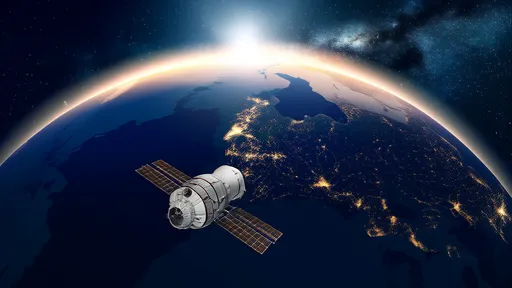
By /Jul 23, 2025

By /Jul 23, 2025
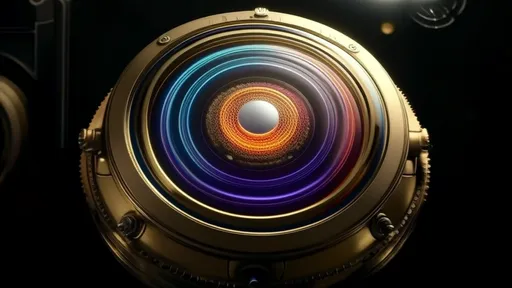
By /Jul 23, 2025

By /Jul 23, 2025

By /Jul 23, 2025

By /Jul 23, 2025
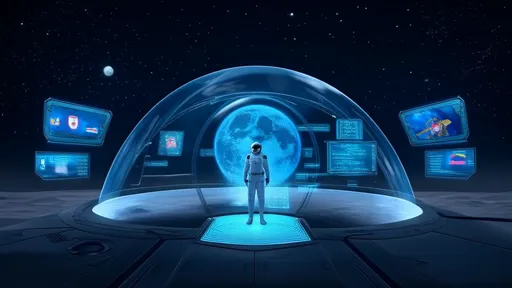
By /Jul 23, 2025

By /Jul 23, 2025

By /Jul 23, 2025

By /Jul 23, 2025

By /Jul 23, 2025
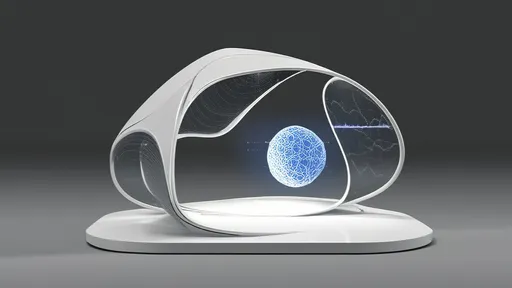
By /Jul 23, 2025

By /Jul 23, 2025
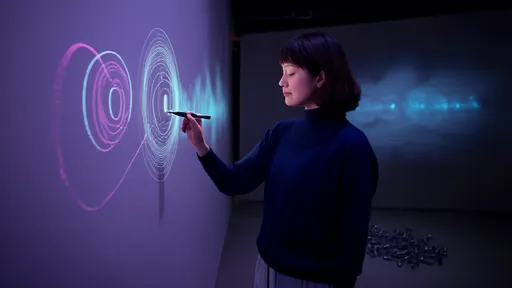
By /Jul 23, 2025

By /Jul 23, 2025
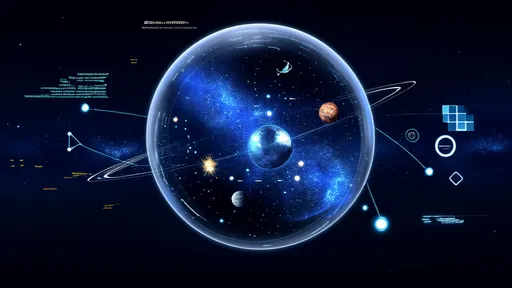
By /Jul 23, 2025

By /Jul 23, 2025

By /Jul 23, 2025